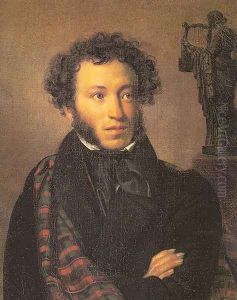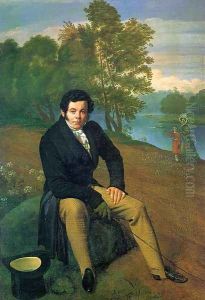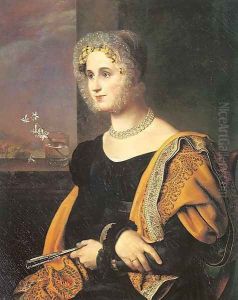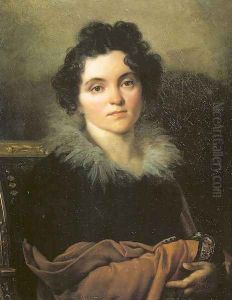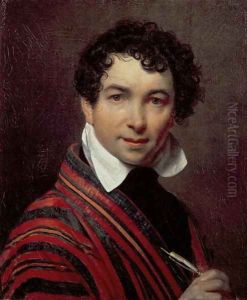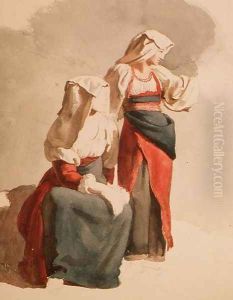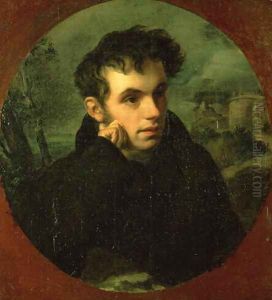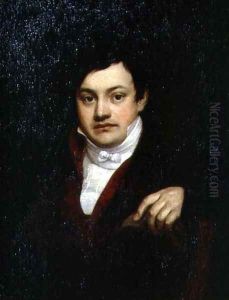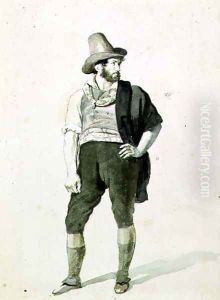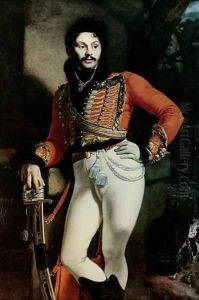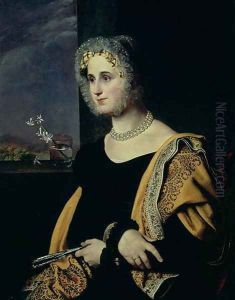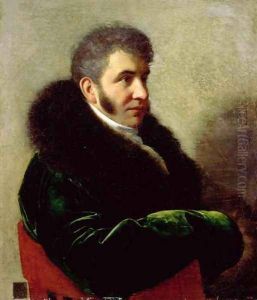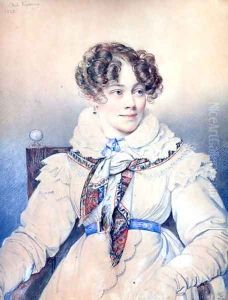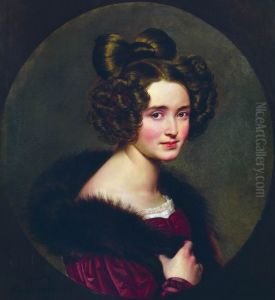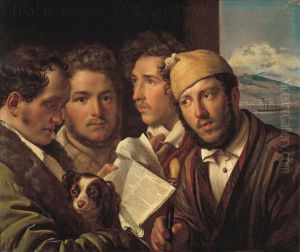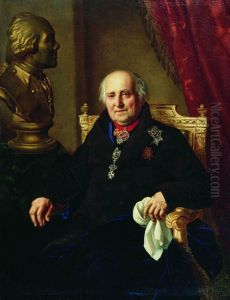Orest Kiprensky Paintings
Orest Kiprensky was a leading Russian portraitist of the early 19th century, known for his ability to capture the spirit and personality of his subjects with remarkable sensitivity and insight. Born on March 24, 1782, in the village of Koporye near Saint Petersburg, Kiprensky was of noble but impoverished heritage. His father died when he was just a child, leaving the family in difficult circumstances. Despite these challenges, Kiprensky's artistic talent was evident from an early age, and he was admitted to the Imperial Academy of Arts in Saint Petersburg at the age of twelve.
During his time at the Academy, Kiprensky excelled, winning several medals for his work. He graduated with the gold medal in 1803, which afforded him the opportunity to travel abroad—a privilege reserved for the most talented artists of the time. However, due to the Napoleonic Wars, his travel was delayed, and he spent the intervening years in Russia, where he established himself as a sought-after portraitist among the Russian nobility and intellectual elite.
Kiprensky finally traveled to Italy in 1816, where he was influenced by the works of the Italian Renaissance and the contemporary Neoclassical style. This period was marked by a number of significant works, including his famous portrait of the Russian poet Alexander Pushkin. Kiprensky's style is characterized by its romantic expression, expert use of color, and the psychological depth of his portraits. His subjects are often depicted in thoughtful or introspective poses, which was a departure from the more formal and rigid portraiture of the time.
Despite his success in Italy, Kiprensky felt a strong pull towards his homeland. He returned to Russia in 1828, where he continued to work and receive commissions. However, his later years were marked by personal difficulties and a decline in his artistic output. Kiprensky's last significant work was a self-portrait, completed in 1830. He married the daughter of an Italian marchese in 1834 but died just two years later, on October 17, 1836, in Rome. His legacy endures as one of the most important figures in Russian portraiture, whose works remain celebrated for their emotional depth and technical mastery.
